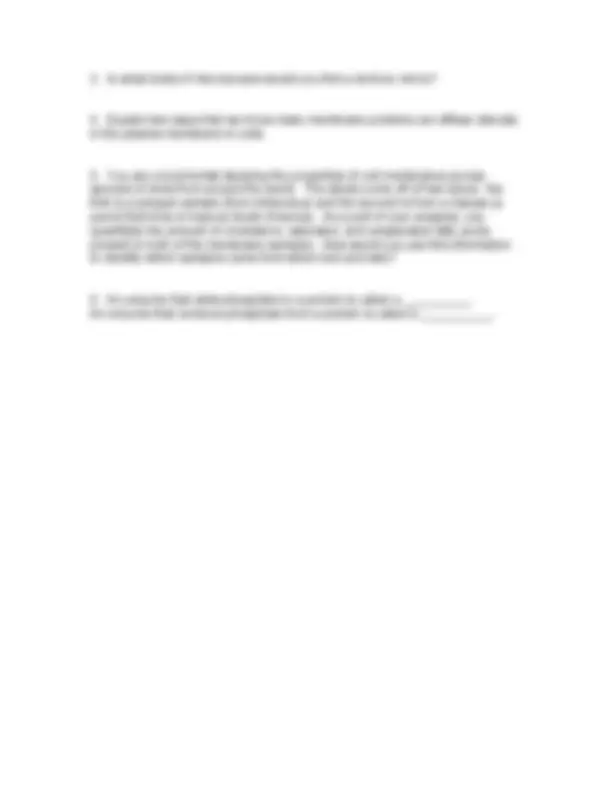



Study with the several resources on Docsity

Earn points by helping other students or get them with a premium plan


Prepare for your exams
Study with the several resources on Docsity

Earn points to download
Earn points by helping other students or get them with a premium plan
Community
Ask the community for help and clear up your study doubts
Discover the best universities in your country according to Docsity users
Free resources
Download our free guides on studying techniques, anxiety management strategies, and thesis advice from Docsity tutors
This problem set covers various topics in biology including the unique adhesion mechanism of geckos, the properties of amino acids, the behavior of membrane proteins, and the functions of enzymes. Students are expected to identify the transmembrane domain in a given polypeptide sequence, understand the advantages of van der waals interactions for geckos, determine the types of microscopes with dichroic mirrors, explain lateral diffusion mechanisms of membrane proteins, and identify samples based on their cholesterol and fatty acid content.
Typology: Assignments
1 / 2

This page cannot be seen from the preview
Don't miss anything!

